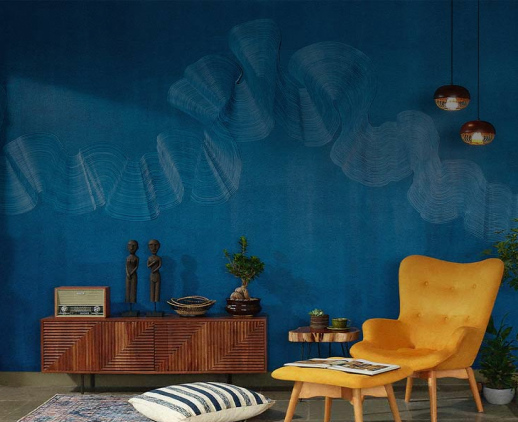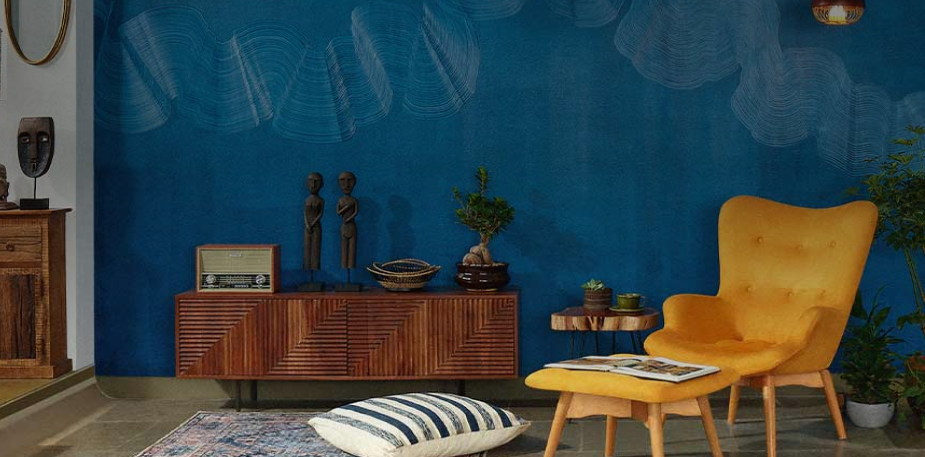2. Use warm water and a mild cleaner:
To clean your kitchen floor tiles, start by filling a bucket with warm water and adding a mild cleaner. You can use a commercial tile cleaner or make your own solution using water and vinegar or baking soda. Avoid using harsh cleaners or abrasive tools that can damage the tiles.
3. Mop the tiles:
Once you have your cleaning solution ready, mop the tiles using a clean mop or cloth. Be sure to wring out excess water to avoid leaving standing water on the tiles, which can cause water spots or damage.
4. Rinse thoroughly:
After mopping, rinse the tiles thoroughly with clean water to remove any remaining cleaner or residue. You can use a clean mop or cloth to wipe away any excess water.
5. Dry the tiles:
Finally, dry the tiles using a clean towel or allow them to air dry. It's important to avoid leaving standing water on the tiles, as this can cause water spots or damage over time.
In addition to regular cleaning, there are a few things you can do to keep your kitchen floor tiles looking their best. For example, place mats or rugs in high-traffic areas to prevent wear and tear, and address spills or stains immediately to prevent them from setting in.
Which floor tile design tip, would you say, really enhance your approach to kitchen designs?
FAQs
1. What is the best floor for a kitchen in terms of durability?
The best tiles for kitchen floor in terms of durability are ones that can withstand heavy foot traffic, spills, moisture, and heat. Some of the best flooring design options for kitchens include porcelain tile, ceramic tile, vinyl, and natural stone like granite or quartz. These materials are durable, water-resistant, and easy to clean, which makes them ideal for use in kitchens.
2. Is it possible to colour kitchen floor tiles?
Yes, it is possible to colour kitchen floor tiles. Many tile manufacturers offer a wide range of colours and finishes to choose from, allowing you to customise your kitchen floor tiles to match your decor. You can also paint or stain existing tiles to give them a new look.
3. Are pastels a good option for kitchen flooring?
Pastels can be a good option for kitchen flooring if you're looking for a soft and subtle look. However, it's important to choose a pastel shade that is durable and easy to clean. Light-coloured flooring can show dirt and stains more easily than darker flooring, so it's important to choose a material that can withstand spills and heavy foot traffic
4. What are some unconventional kitchen flooring options?
There are several unconventional kitchen flooring options that can add personality and style to your space. Some examples include cork flooring, which is eco-friendly and comfortable underfoot, concrete flooring, which can be polished or stamped to create a unique look, and bamboo flooring, which is durable and sustainable. Other options include rubber flooring, which is slip-resistant and easy to clean, and terrazzo flooring, which features a mix of chips and aggregates in a variety of colours to create a unique and textured look.
How can Beautiful Homes help you with kitchen tiles for your home?
If you are considering installing kitchen floor tiles design or require expert advice on Kitchen Design, book a consultation with Beautiful Homes Service. The dedicated experts will guide you through the process with the best tiles for kitchen floor to complement your particular kitchen size and layout.
At Beautiful Homes Service by Asian Paints, what we’re best at is partnering with you to craft the home of your dreams. If you’re eager to get started on creating that perfect haven we’re here for all your interior design, home décor & renovation needs – reach out or find one of our state-of-the-art stores near you.
We’re currently available in Mumbai, Ahmedabad, Chennai, Bengaluru, Delhi, Pune or Kolkata.





































































